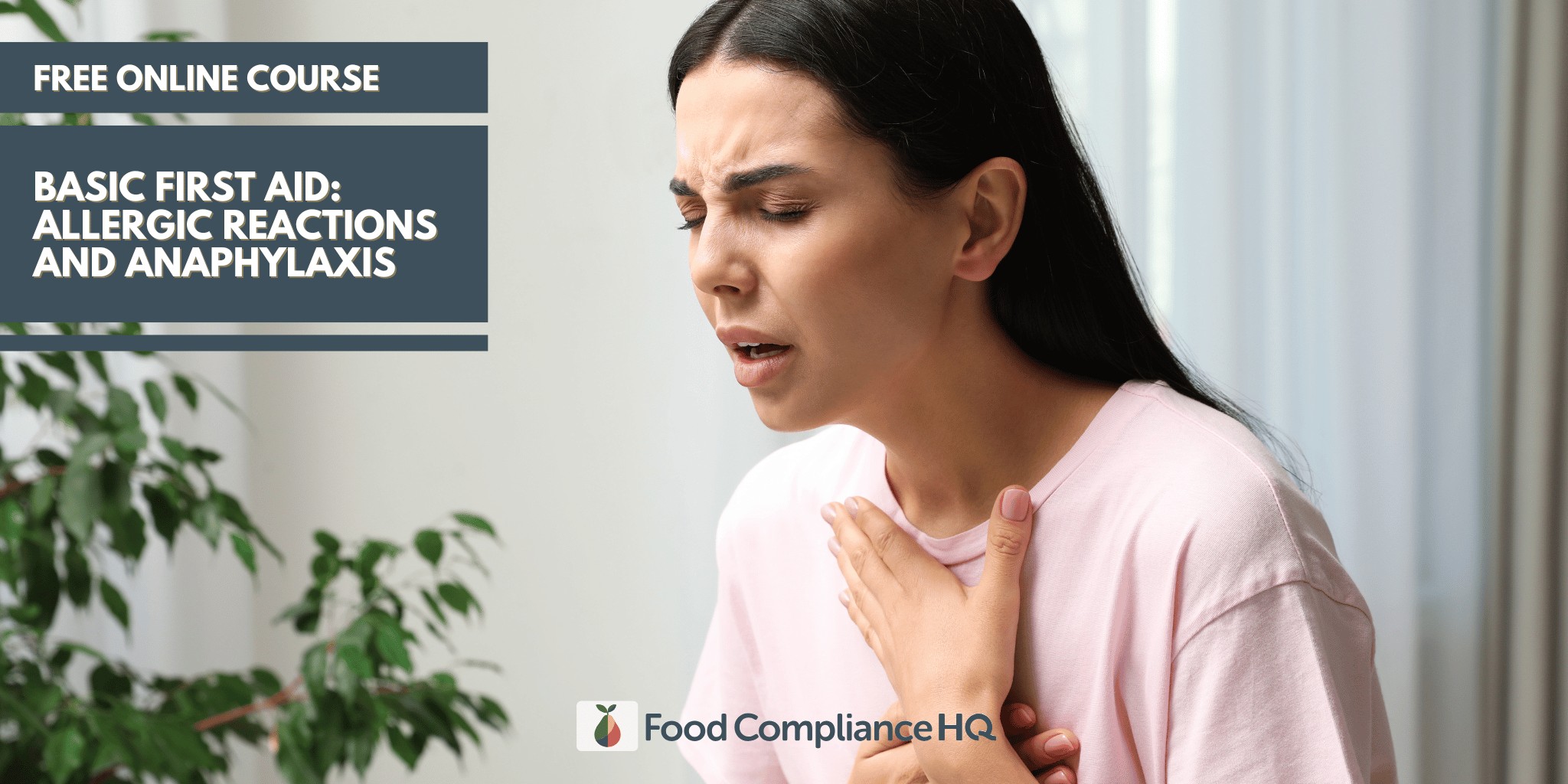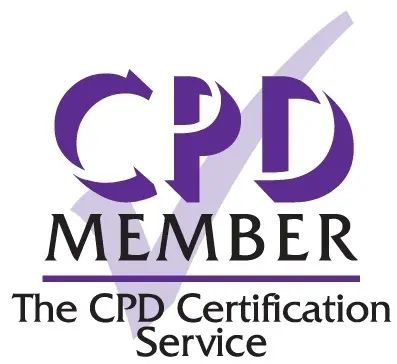Anaphylaxis: A Critical Emergency in Food Service
Every second counts when someone experiences anaphylaxis – a severe and potentially life-threatening allergic reaction. For food service professionals, recognising the signs and responding quickly can make the difference between life and death.
Food allergies are on the rise. The Food Standards Agency (FSA) estimates that around 6% of UK adults have a food allergy. For many, even tiny traces of allergens can trigger dangerous reactions, making proper allergen management and emergency preparedness essential in food establishments.
What is Anaphylaxis?
Anaphylaxis is an extreme allergic reaction that occurs rapidly and affects multiple body systems. It is typically caused by food allergies, insect stings, medication, or latex exposure. The most common triggers in food service settings include:
- Peanuts and tree nuts
- Dairy products
- Shellfish
- Eggs
- Wheat and soy.
Symptoms can develop within minutes and may include:
- Difficulty breathing or wheezing
- Swelling of the lips, face, or throat
- A sudden drop in blood pressure, causing dizziness or collapse
- Skin reactions, such as hives or itching
- Loss of consciousness in severe cases.
Without prompt treatment, anaphylaxis can be fatal.
How Should Food Professionals Respond?
In an emergency, speed and accuracy are crucial. If someone is experiencing anaphylaxis:
- Call 999 immediately. Medical intervention is vital.
- Use an adrenaline auto-injector (EpiPen) if available. This should be done as soon as possible.
- Keep the person lying down with their legs raised (unless breathing is difficult – then they should be sitting).
- Monitor their condition and be prepared to administer a second adrenaline dose if symptoms do not improve within five minutes.
- Never leave them alone. Continue providing reassurance until medical help arrives.
The Importance of Training in Food Service
Food professionals play a vital role in preventing and managing allergic reactions. Businesses must ensure that:
- Staff are trained to identify allergens in food and communicate them to customers.
- Clear allergen labelling is provided on menus.
- Cross-contamination is minimised through safe food handling practices.
- Emergency response procedures are in place and well understood.

Free Training: Learn How to Save a Life
To help food service professionals stay prepared, our Basic First Aid: Allergic Reactions and Anaphylaxis course is available for free.
This CPD-certified course covers:
- Identifying allergic reactions and anaphylaxis.
- Proper use of adrenaline auto-injectors.
- Emergency response protocols in food settings.
- Legal responsibilities under Natasha’s Law and Owen’s Law.
Course Essentials:
- Duration: 60 minutes
- Certificate upon completion
- Free enrolment




